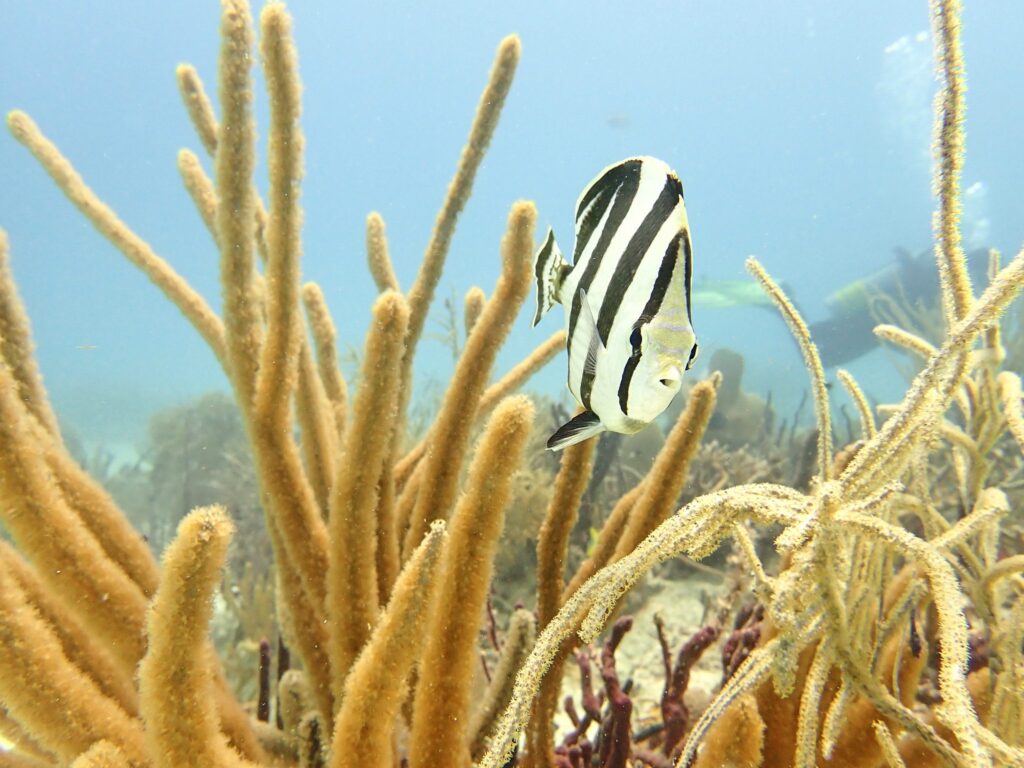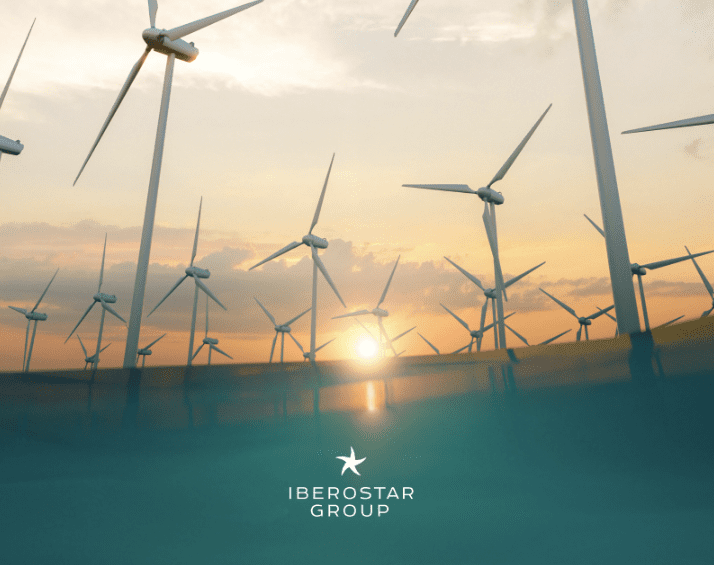Part of our commitment to being based in a strong scientific foundation means publishing our findings in the peer-reviewed literature alongside the scientific community. Our Wave of Change science team, led by Dr. Megan Morikawa, Dr. Johanna Calle, Dr. Camilo Cortés-Useche and Victor Galvan, proudly contributed to three publications in 2021.
Approach to the Functional Importance of Acropora cervicornis in Outplanting Sites in the Dominican Republic
Johanna Calle-Triviño, Aarón Israel Muñiz-Castillo, Camilo Cortés-Useche, Megan Morikawa, Rita Sellares-Blasco and Jesús Ernesto Arias-González
Coral restoration has been recognized as an increasingly important tool for coral conservation in recent years. In the Caribbean, the endangered staghorn coral, Acropora cervicornis, has been studied for restoration for over two decades with most studies focusing on evaluating simple metrics of success such as colony growth and survivorship in both nurseries and outplanted sites. However, for reef restoration to aid in the recovery of ecological function in outplanted sites, there is a need to measure the functional ecology of the impact of outplanting. Here, we present and identify positive ecological processes and ecological functions (such as increased fish biomass, coral cover, and increased in structural complexity) relative to active reef restoration. In the Southeastern Reefs Marine Sanctuary in the Dominican Republic, we monitored the percentage of benthic cover and fish biomass alongside active reef restoration over the period of 12 months in four zones. Subsequently, we developed multidimensional analyses in conjunction with generalized linear models (GLM) and linear models. Our results show there is a remarkable spatial and temporal differentiation favoring greater ecological function in restored areas. We observed the most noticeable patterns of change in the benthos and coral species composition. We found a positive relationship between amounts of outplanted colonies with the total fish biomass for the three outplanted sites. We highlight that Scarus iseri, a parrotfish critical for grazing maintenance, was the species with the greatest benefit. Our results provide evidence of the functional importance of Acropora cervicornis in coral reef active restoration efforts.
Photo by Alvaro Laforet
Capture, Culture and Release of Postlarvae Fishes: Proof-of-Concept as a Tool Approach to Support Reef Management
Camilo Cortés-Useche, Williams Reyes-Gamboa, José Luís Cabrera-Pérez, Johanna Calle-Triviño, Ana Cerón-Flores, Rodolfo Raigoza-Figueras, Roshni Yathiraj and Jesús Ernesto Arias-González
The changing world presents negative impacts on marine ecosystems and has led to the development of diversified tools to support reef restoration. Harnessing restoration to achieve success needs innovative techniques that also address the restoration of reef fish assemblages, contributing to the conservation of biodiversity and ecosystem functions and also tackle the cost-effectiveness through impact-driven solutions. Here, we propose a proof-of-concept for enhancing fish populations on reefs using: (1) postlarvae capture, (2) aquarium culture, and (3) release to reef sites. We conducted field studies in the Mexican Caribbean to analyze for the first time, the possibility of using the capture and aquarium culture of postlarvae fish species and release of juveniles as a tool for the potential recovery of reef biodiversity resilience. We tested the potential of postlarvae capture using two distinct night light traps (BOX and collect by artificial reef ecofriendly traps, C.A.R.E.) in three sampling sites with different distances from shoreline and depth. We collected 748 postlarvae reef fishes from eight orders, 20 families, and 40 species. Acanthuridae, Pomacentridae, Monacanthidae, and Tetraodontidae comprised the highest species number of postlarvae families. We also set up a pilot release experiment with Stegastes partitus using two trials (32 and 1 day after capture) and propose analysis to determine appropriate reef sites to release the cultured juveniles and to aid ecological planning. We present the results of the pilot release experiment with S. partitus, showing that there is a positive effect in survivorship during the capture (80%) and release (76–100%) procedures into suitable habitat and good chance that more studies will bring novelty to the field. Although trials carried out with more species relevant to restoration will be needed. The use of these techniques can be a great opportunity to improve the research of restoration efforts in the Caribbean region with fish-depleted coral reefs with vulnerable food webs, especially at local scales and supporting other management strategies.

Photo by Alvaro Laforet
Conservation actions and ecological context: optimizing coral reef local management in the Dominican Republic
Camilo Cortés-Useche, Edwin A. Hernández-Delgado, Johanna Calle-Triviño, Rita Sellares Blasco, Victor Galván, Jesús E. Arias-González
Over the past few decades, coral reef ecosystems have been lost at accelerated rates as a result of global climate change and local stressors. Local management schemes can help improve the condition of coral reefs by enhancing their ecosystem recovery capacity. Caribbean conservation efforts include mitigation of local anthropogenic stressors, and integrating social participation. Here, we analyzed the case of the Bayahibe reefs in the Southeastern (SE) Dominican Republic to identify conservation actions and illustrate a conceptual example of local seascape management. We assessed reef health indicators from 2011 to 2016. Overall, our results show increases in total fish biomass, in both commercial and herbivorous fishes. Mean live coral cover was 31% and fleshy macroalgae was 23% after multiple disturbances such as Hurricanes Sandy and Isaac (2012), Mathew (2016) and heat stress presented in the study area in 2015. We also described actions taken by stakeholders and government institutions, including the implementation of a policy declaring an area of 869,000 ha as a marine protected area (MPA), enhanced water quality treatment, local restrictions to vessel traffic, enforcement of fishing regulations, and the removal of invasive lionfish (Pterois spp.). In addition, a restoration program for the threatened staghorn coral (Acropora cervicornis) was established in 2011, and currently has eight coral nurseries and six outplanting sites. Considering the biology and ecology of these reefs, we observed good results for these indicators (live coral cover, fish biomass, and water quality) in contrast with severely degraded Caribbean reefs, suggesting that optimizing local management may be a useful example for improving reef condition. Our results provide an overview of trends in reef condition in the SE Dominican Republic and could support current strategies to better protect reefs in the region. Given that Caribbean coral reefs face extreme challenges from global climate change, management measures may improve reef conditions across the region but stronger policy processes and increased scientific knowledge are needed for the successful management of coral reefs.






